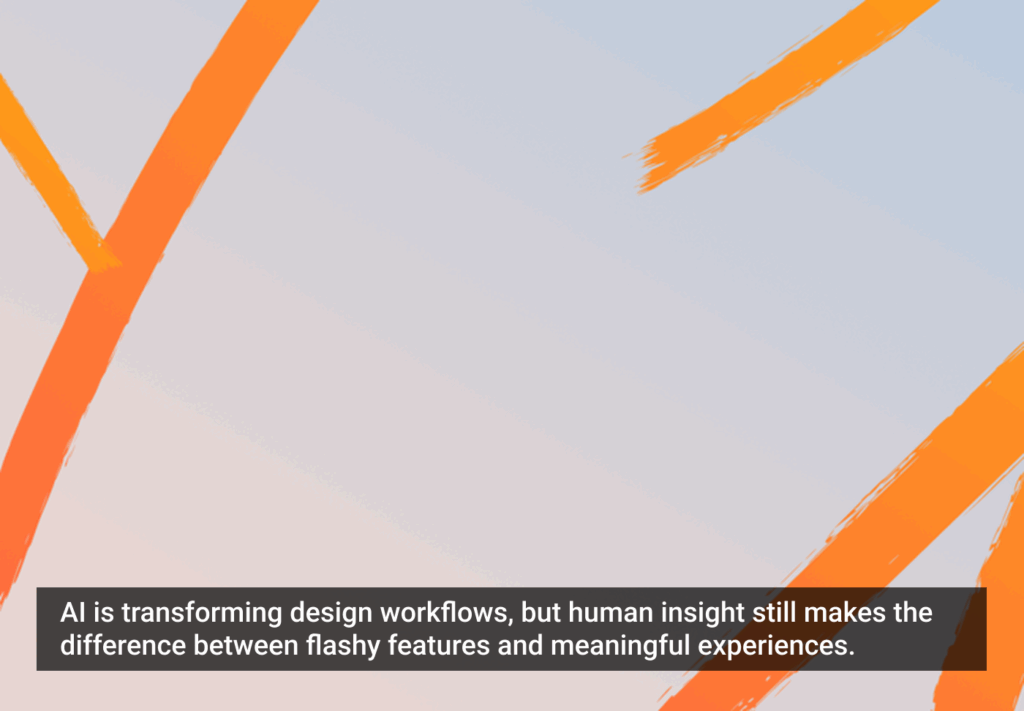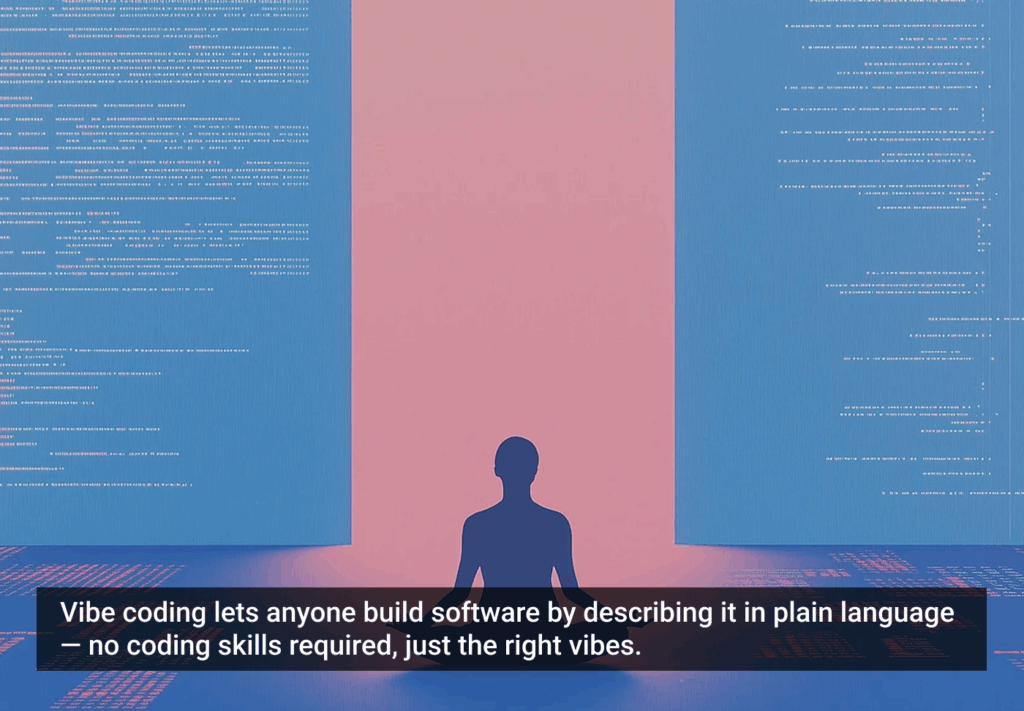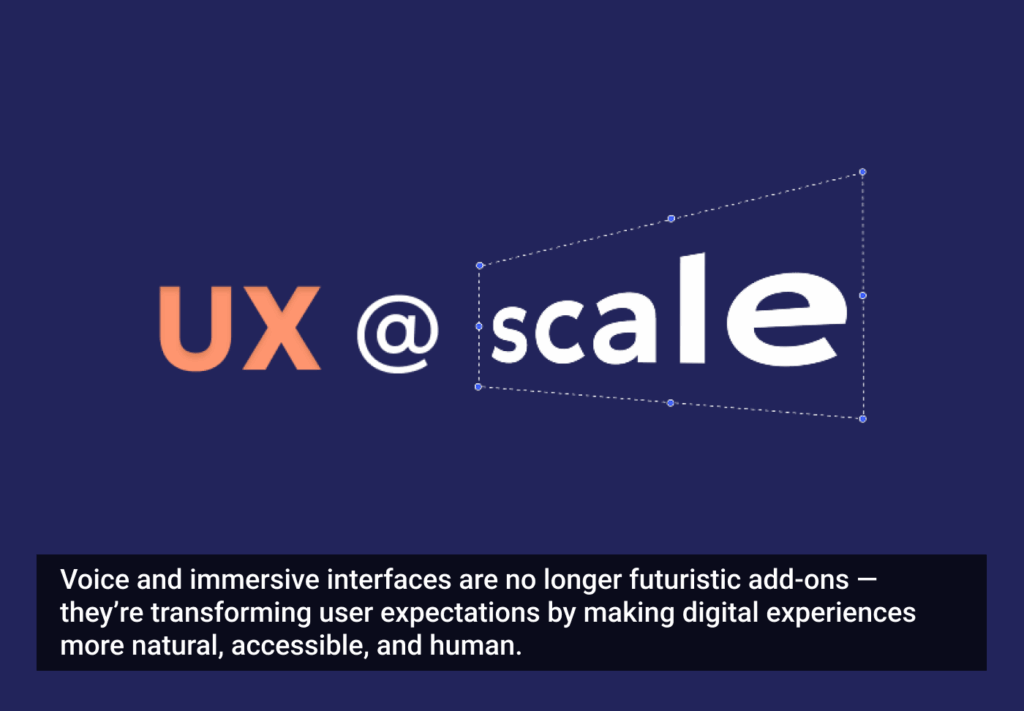I recently had a layover in New York’s JFK Airport, and decided to grab a bite to eat at a pub in my terminal. I entered the restaurant and looked around for a hostess. Not seeing one, I seated myself and quickly noticed that every seat had an iPad mounted in front of it. My curiosity piqued, I soon learned that the iPad contained the ordering system for the restaurant.
I admit, I thought this was a cool idea. People at airports usually are strapped for time, so a system that allows quick ordering seemed smart. Unfortunately, that’s where the good news ends. Several missteps in the user interface of the app left me with a bad taste in my mouth, and I hadn’t even eaten yet.
A Half-Cooked Idea
For starters, the iPad ordering system assumes that everyone eating in the restaurant is alone. Each person must order from their own iPad and pay separately for their meals. There’s no system for multiple orders at a single a table. Imagine a family of five tired and hungry travelers sitting down to order and pay for burgers … one at a time—not very appetizing.
Also, if you decide you want something else halfway through the meal, you have to order and swipe your credit card again. This means additional processing costs for the restaurant and additional transaction fees for foreign travellers.
If you want to “have it your way,” forget it. There was no way to customize orders. People with food allergies or preferences are simply out of luck.
Perhaps most frustrating, the customer has to tip when ordering, not knowing what the service will be like. Online reviews indicate that people are especially unhappy about this because the service drops off precipitously after the initial food delivery. What motivation do servers have to provide great ongoing service if they’ve already been tipped?
Finally, because of where the iPads were mounted (in front of each seat) and the fact that they have Internet browsers, everyone in the pub was interacting with the iPads and not one another. This created a lackluster atmosphere that was neither relaxing nor social.
Automated Should Not Mean Alienated
Any manager knows that a key to improving products and increasing the bottom line is getting customer feedback. Unfortunately, there was no rating system or suggestion form associated with the app. Information from Dimensional Research shows that 39 percent of customers will avoid vendors for two or more years after a bad experience, so customer feedback is crucial.
Apps, no matter how amazing their functionality, are meaningless if customers won’t use them
I’m sure some people will think I’m just being picky, but I’m not alone. I asked the server what people thought of the iPad ordering system, and she didn’t mince words: “They hate it.”
Online reviews of the restaurant show that others agree. Although a few people looking for free Internet and charging stations were willing to look past the poor user experience, one articulate Trip Advisor reviewer summed up the opinion of most: “Automated should not mean alienated!”
A Recipe For Success
Since company profits pivot on customer experience and purchasing decisions, a better approach to app design would focus on the user. What would this look like in the case of the airport pub?
- Communicate about the new system. An app is only good if people understand how to use it. The restaurant should have collaborated with the marketing team to create materials that educate customers about the ordering system. This can include signage (banners, glossy posters, table top tents), a web site, and social media content. Staff should be trained not only on how the new system works, but also on how to communicate and orient new customers to it in a succinct, friendly way.
- It’s about the experience, not the technology. A sit-down restaurant is about sharing a meal and a drink, inherently social activities. Whether or not people are alone or with friends, they should at least have the option to share a meal face to face with someone—something made very difficult by the iPad placement. The iPads belong on the side of the table, perhaps with an option to pivot if a diner wants to share browsing with another diner.
- The server as brand advocate, not delivery conduit. If a restaurant offers servers, it’s clearly identifying itself as a sit-down cafe, not a fast food joint. Even if styled for airport convenience, the presence of a server delineates the dining experience from take-out. The ideal UX should place the tablet (perhaps an iPad Mini) in the server’s hand. The server would take, submit and add orders from the app, removing the self-service feel that the pub currently has. The ticket would stay open until the customers have finished eating, and the tip wouldn’t be added until the end. In the current setup, the server is a mere delivery conduit and not a friendly food sales associate and brand advocate. The current method doesn’t encourage the employee to up-sell (“would you like sweet potato fries with your order?”), return to check on customers, or earn their tip.
Mobile apps should be designed to streamline processes and make experiences better. Apps, no matter how amazing and brilliant their power and functionality, are meaningless if customers won’t use them. Smart planning and acting on customer feedback can ensure an app will be eagerly devoured.
After all, isn’t this what all of us hunger for?







